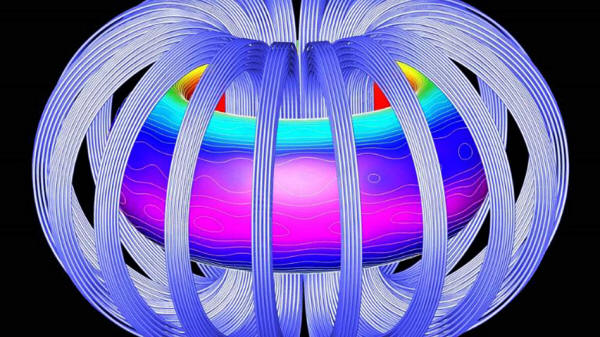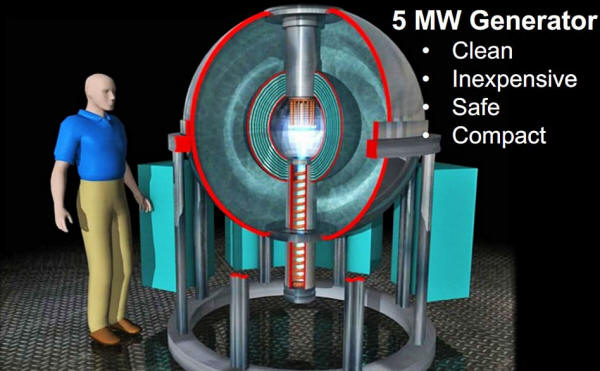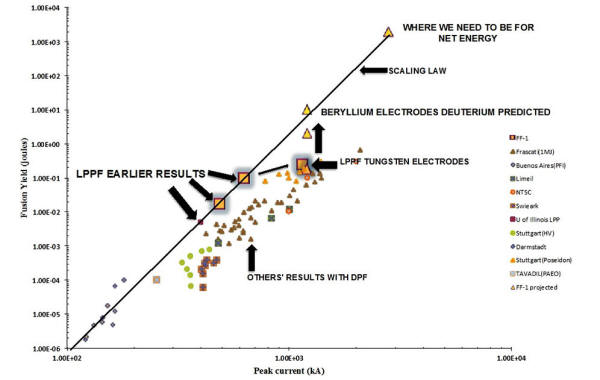|
from NextBigFuture Website
The bootstrapped LPP Fusion dense plasma focus nuclear fusion project, will be starting a potentially big year of testing.
They are completing work
on their beryllium electrode.
LPP Fusion wants
to build small, decentralized 5 Megawatt nuclear fusion
generators that will use hydrogen and boron fuel, both of which
are essentially unlimited in nature, to allow direct conversion of
energy to electricity without expensive turbines or radioactive
waste.
5 MW LPP Fusion generator
The dense plasma focus
device (DPF)
based on the known physics has a fusion output that increases
sharply with electrical current - approximately as current to the
fifth power.
LPP Fusion thinks
that is due to the larger impurities that powerful DPFs have
produced.
'We' (NextBigFuture) think they need to get to at least 1 Joule with the Berrylium electrode.
There is both strong theoretical reasons and abundant experimental evidence that impurities affect plasma characteristics, such as electrical resistivity, in proportion to the product 'fz2', where 'f' is the fraction (by number) of ions with an atomic charge 'z.'
They are switching our electrodes from tungsten, with a 'z' of 74, to beryllium, with a 'z' of 4.
This means that, when fully ionized, each beryllium ion in the plasma has 340 times less effect than each tungsten ion.
'We' don't expect a lot
more beryllium ions to be vaporized, because the energy to vaporize
and ionize one beryllium ion is already ¾ the energy needed for one
tungsten ion.
After the initial
experiments with pure deuterium (D), LPP will introduce a
mixing gas, either nitrogen or neon, to start simulating the mixture
of gases that we will have with our ultimate hydrogen-boron fuel.
Later in 2019, they will upgrade their switches to increase the peak current which would further increase fusion yield. This can now do this without opening up their redesigned vacuum chamber. Late in 2019, they will start experiments with hydrogen-boron, pB11 fuel.
This fuel burns faster and more energetically than deuterium, that will again boost the fusion yields and put us on the track to our goal of getting more energy out of the device than they put into it - net energy.
'We' think that if they can at least get the impurities away to the point that scaling is not prevented, then LPP could make it up with even stronger switches.
If they had to make $25 million devices that had 2 cents per kilowatt hour, then the world would still change with clean and abundant energy.
With a half-life of two months, this isotope would certainly complicate any work with the device. LPP calculated that 99.99% pure boron-11 would be needed.
Naturally, occurring boron is only 80% boron-11 with 20% boron-10. Fortunately, due to the large 10% difference in mass between the isotopes, separating B-11 and B-10 is not that difficult.
LPPF has already located at least one provider of 99.99% B-11. They are able to get the required gas at $600 per gram. They have 93 grams which is enough for their experiments.
If this works they will arrange for mass production at $6 per gram or less.
LPP Fusion Net Energy
|




